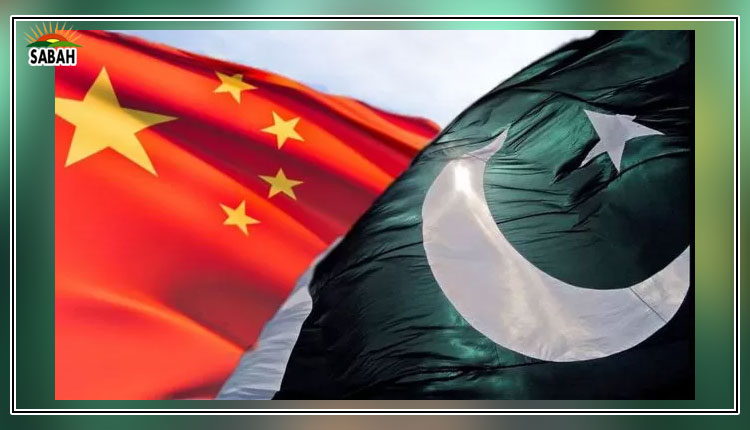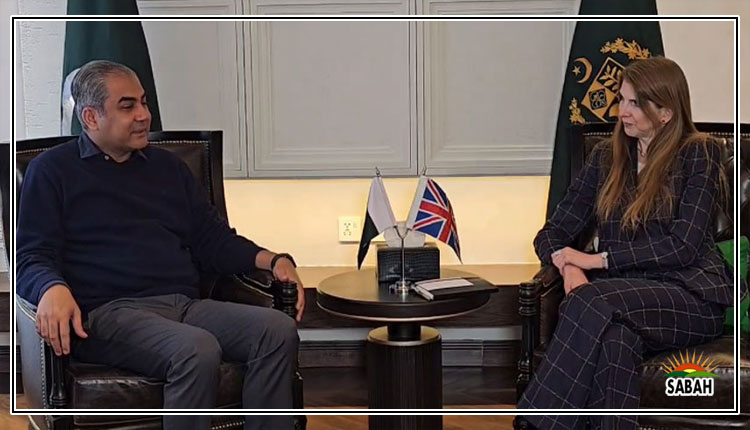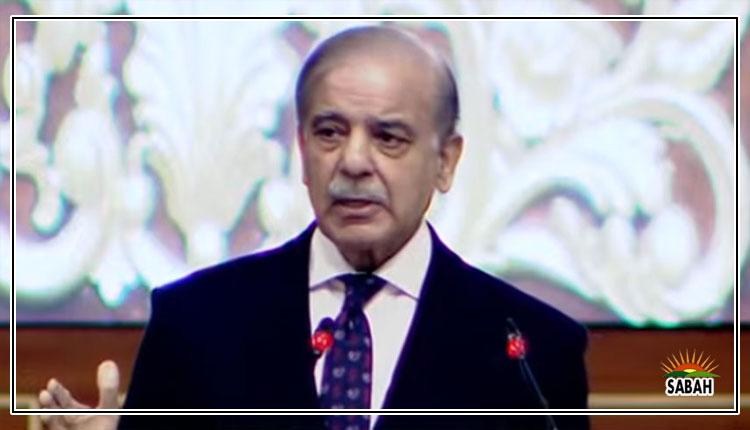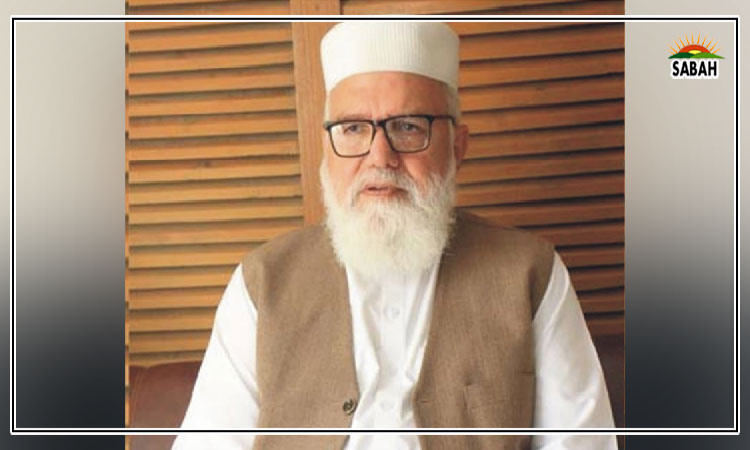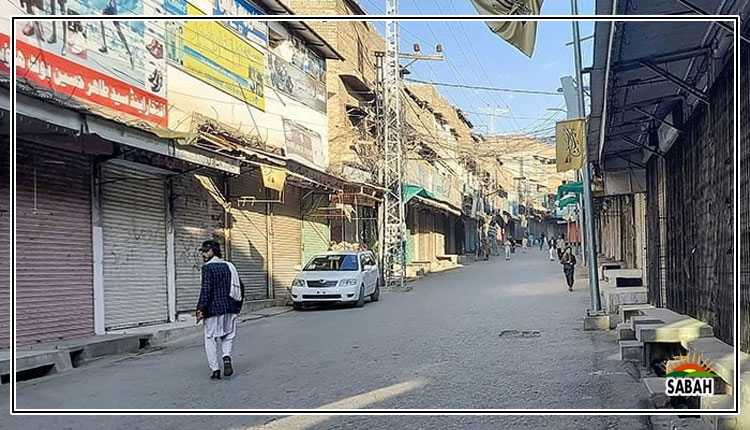Losers and winners of opportunities… Imtiaz Gul
A recent report published in The Express Tribune prompted me into writing this piece. An official document spoke of more than 1.2 young people having left the country for employment opportunities since March 2022. More than 400,000 highly-educated and highly-trained youngsters including doctors, engineers and IT professionals went abroad until June this year. What a massive brain drain from a country that is already short on qualified, skilled professionals!
Saudi Arabia and Canada, in particular, are the main attractions for young professionals. Saudi Arabia was the fastest growing economy last year and is developing at a staggering pace. Why shouldnt young professionals attempt to seize opportunities that Saudi Arabia currently offers; or for that matter countries like Canada, which has flung open its doors to foreign immigrants, particularly from South Asia! All foreigners bring with them both expertise as well as funds that feed straight into the economy.
With an aging local population, Canada is taking in half a million foreigners skilled manpower every year through various programmes. It is also aggressively inviting and encouraging international students.
In June, the then minister of Immigration, Refugees and Citizenship (IRCC) Sean Fraser told the media that the government was halting all pending removals of international students from India who might have entered the country on the basis of fraudulent acceptance letters. Instead of deportation, the dozens of these Indian received three-year resident/work permits a reflection of how positively the Canadian system is disposed towards talent.
This will ensure that these well-intentioned students and graduates can remain in Canada, and ensure that they are not subject to the five-year ban from re-entering Canada that normally follows in cases of misrepresentation, said Fraser.
What a liberally rational approach! The authorities, instead of punishing the victims, are now looking for the culprits, unlike in many other countries where the victims end up suffering the consequences.
Both Indian and Chinese communities (over 5% and 4.63% and over 5% respectively of the total Canadian population) seem to be in the race for a place in the society. The northern tip of downtown Toronto, for example, has turned into a Chinese district. One feels like being in a Shanghai street when moving on the North York street.
Similarly, Mississauga as well as Oakville and Milton, a sub-district of greater Toronto region, are another example of expanding Indian and South Asian communities. Here they boast a huge South Asian population with Indians, Pakistanis and Sri Lankans constituting the majority.
No doubt that housing shortages have turned the real estate into a booming business. And among the Pakistanis, this is one of the most favourite subjects. The other being conditions in Pakistan itself.
Sorry to bore you but wherever Pakistanis get together, they either discuss Pakistan or property, said one of my friends in Mississauga.
Former Indian PM Dr Manmohan Singh had in fact cleared the way for Indian students in Canada. His personal interest had paved the way for a preferential treatment for Indian students in Canada, causing a 260% increase from 2013 to 2022, according to Immigration, Refugees and Citizenship Canada data.
The relationship has grown stronger to the extent that Canada has now introduced a special work visa for Indian immigrants. No surprise that you run into Indians wherever you go bank, government office, university, stores, shopping malls. No surprise as many as 17 Indian-Canadians are members of the current parliament.
Both Chinese and Indians are the most visible foreigners in most of Canadian towns. Most of them have come in via formal immigration or education programmes. The majority of students stay back, it seems. Neither is there any urge or drive to throw them out. On the contrary, the attempt is to retain talent and help them integrate into the economy of the country.
Most foreigners bring with them substantial funds for sustenance as well as investment becoming direct contributors to the economy.
The basic idea is to invite and benefit from foreign funds and talent. The same happens in the United States.
In contrast, Pakistan still lacks a refugee law as well as policies to woo Afghan investors.
Secondly, countless Afghan importers and exporters are keen to invest here but are sadly unable to open a bank account. Afghan businessmen still face difficulties in opening even a small business.
The country lost a big opportunity after the Talibans return to power in August 2021, when tens of thousands of businessmen loaded with dollars moved to Pakistan, where they would have loved to invest. But the security-centric civil-military establishment failed to seize the opportunity. The majority of Afghans eventually moved to the Gulf and Turkey with millions of dollars. These countries quickly embraced them and reaped the dividend from the funds that Afghans brought with them. In fact, the regressive, security-centric approach holds back any proactive and progressive approach for ease of doing business. Officials tend to read more into possible security motives than visualising the benefits that can flow from foreign investments.
For better annual returns, the Federal Bureau of Revenue officials refuse to offer long-term taxation concessions to investors beyond a year or two. Dozens of businesses have therefore divested and moved to places where they are welcomed with open arms without any fear of changes in taxation regime every year.
Our officials are best in hounding investors away be they Afghans or those from other countries.
Courtesy The Express Tribune


